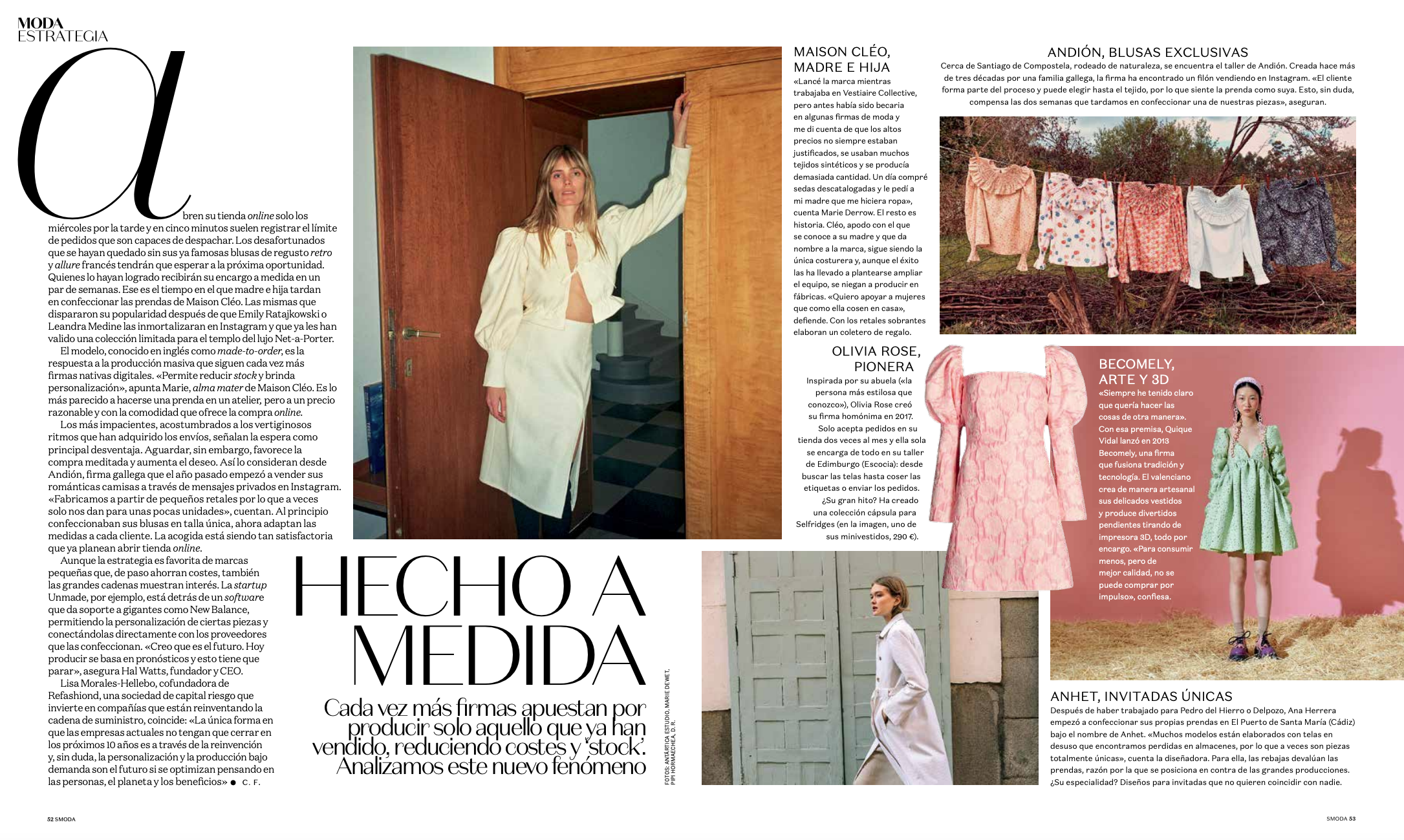
News & Media
Media Coverage, Insights, Thoughts, & Musings

#SCITMIAMI / The Industrial Transformation of FASHION

Apparel supply chains need fashionable revamp as times change

What If Fashion Forecasted Climate Disasters Instead of Trends?

Invite-Only Fashion Supply Chain Slack Group / APPLY NOW

Made to Measure
Lisa Morales-Hellebo, Fixing Fashion’s Supply Chain Problems By Pushing Limits

In the age of mass fashion, made-to-order finds new appeal

To Survive the ‘Apocalypse’ Retail Must Think Global, Act Hyper-Local

Where Will Technological Disruption in The Fashion Supply Chain Come From?
This is the second in a series of six articles about problems and opportunities in global supply chains, with a focus on the fashion industry. In this article we focus on trying to learn how executives at fashion industry incumbents may learn how to predict technological disruption in order to develop appropriate responses to the evolving environment that surrounds their companies. We start by briefly surveying some of the theory about disruption. Then, we delve into a series of brief historical analyses of technological disruptions in a number of industries. We try to understand those episodes by using the theoretical foundations developed earlier. Finally we ask the question that forms the basis for this article, by posing questions about potential sources of disruption in the global fashion industry, the issues that every team of c-level executives in the industry worries about daily.

